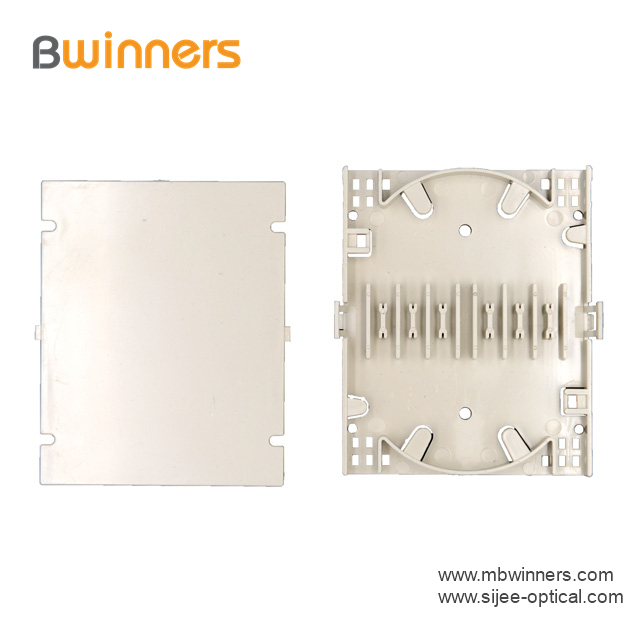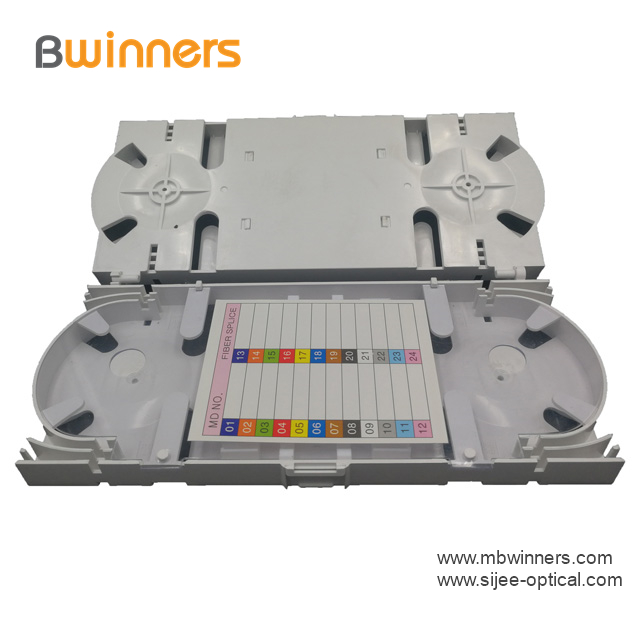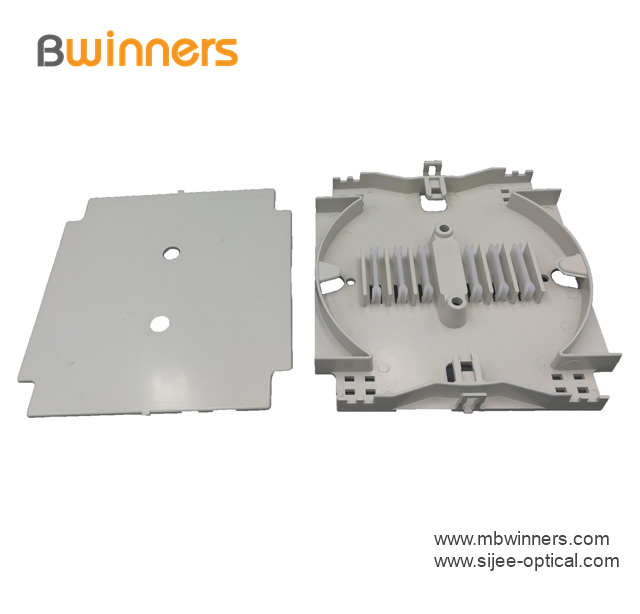Market research agency Yole Developpement expects that in the next 15 to 20 years, automakers will sell tens of millions of electric vehicles and hybrid vehicles. This demand has made unprecedented urgency for the development of power electronics packaging and brought considerable business opportunities for power modules. At present, major module manufacturers such as Infineon, Danfoss and Semikron, and Fuji Electronics in Japan are all developing new process technologies in response to this trend.

Yole Developpement Power Electronics Analyst Alexandre Avron
Electric vehicles to meet the reliability requirements of DBC wire process Force Rising
At present, the inverter of a car is still run by a motor, just like a device in industrial applications, but it has higher-order specifications, such as being able to maintain reliability under various temperatures and driving conditions. Therefore, there is an urgent need for a durable power module in the market today, which is of great help to the development of electric vehicles or hybrid electric vehicles (EV / HEV) products.
In the future, the market will begin to see newer solutions such as Danfoss, Siemens, Infineon and other companies exhibiting direct copper-clad substrates (DBC Substrates), die bonding, interconnection and cooling. It is expected that there will be many innovative power module packages. Transfer to other industries.
In terms of chip interconnection, the current widely used technology in the power electronics industry is aluminum wire bonding, but other solutions may have lower impedance, higher thermal conductivity, and longer life performance. Because aluminum wire bonding is very fragile, and it must carry current, it may separate the current due to thermal cycling, and the above situation may also occur mechanically via vibration or shock. One option that may replace it at the moment is Ribbon Bonding, which is like replacing many bonding wires with a very large bonding wire. Toyota has used it in some modules of hybrid vehicles.
Until other solutions can replace aluminum wire bonding, the use of aluminum wire bonding in power electronics interconnections will be quite limited. At present, various semiconductor manufacturers are researching and developing replacement solutions. Among them, the first way is to replace the aluminum wire with copper. This can be welded with the existing equipment of the packaging factory, and copper can greatly reduce the impedance value, increase the thermal conductivity, and help improve the wire life.
The second solution is to use a soft layer or DBC on top of the chip. This technology does not use wires or point-to-point connections, but covers the chip with a whole piece of metal foil. Simon Kang uses soft foil, while other module manufacturers use hard foil or some kind of DBC substrate. Module manufacturers must also stick transistors and diodes in the module package, which can handle higher power density and greater heat load. In addition, for sticky crystals, the concept is to observe materials that can withstand high temperatures, the coefficient of thermal expansion of DBC is also low, and the separation caused by thermal cycling can also be improved.
Ensuring the reliability of module packaging technology to evolve again
On the other hand, the trace silver powder material is used in the sintering method pioneered by Ximenkang. Now the material manufacturer also plans to sinter with trace silver powder. The temperature sinters the chip in DBC, which is a big technical problem, because it is difficult and takes a long time, and the pressure of all points of the chip must be the same. German material supplier Heraeus is also studying the use of silver nanoparticles, which can be sintered without pressure and temperature restrictions. Some companies also provide trace powder syrups placed on metal foils, which are easier to transport and apply than gels or syrups.
The alternative to the bonding of crystals is eutectic bonding, which utilizes the heat resistance generated by the fusion of copper and tin. Infineon produces its .XT power module, which uses copper and tin for eutectic welding. The company has been able to mix very thin layers of copper and tin on the DBC and place the chip on this interlayer. At high temperatures, the two are mixed together and fused at a higher melting temperature.
Power modules using next-generation packaging technology are not only meant to ensure components, but also the connection and adhesion between them can respond to higher temperatures and cooling conditions. The main concept to achieve this is to bring the cooling liquid closer to the hot chip. Many companies have removed the interlayer between the chip and the cooling system. For example, some companies have removed the basic thin plates that often appear between the DBC substrate and the cooling system, so that the liquid directly touches the DBC.
New packaging technologies are driving hybrid electric vehicles and innovation. Japanese companies such as Toyota, Fuji and Mitsubishi are the most obvious examples. For example, in the evolution of Toyota Prius from 2004 to 2010, the power module has got rid of the basic thin plate, so that the liquid directly touches the DBC; Fuji and Mitsubishi also follow their footsteps. Such efforts can benefit components made of silicon crystals and wide-bandgap semiconductors. Power modules made of insulated gate bipolar transistors (IGBT) have better cooling effect and longer life Longer. In addition, carbon silicide (SiC) has the same characteristics, and the benefits are even greater, because the device can be operated at a higher temperature.
Cooperate with car manufacturers to develop module chip manufacturers to expand market influence
Power module packaging is gradually adjusting to a new direction in recent years, mainly because power components and more highly integrated components have become market trends. The innovation brought by electric vehicles is changing the automotive electronics industry. For example, passive component manufacturers do not have the expertise to enter the power module market, and even package manufacturing or design; however, power module manufacturers are actively cooperating. For example, Infineon and Siemens have jointly developed power components.
In fact, the previous sluggish shipments of the power electronics industry also means that, with the exception of some common module sizes, only a few standards are applicable to the entire industry. However, this situation will be improved in the future, because Fuji, Infineon and Simon Kang are developing pin layout together, so their different modules are compatible with each other. The module manufacturer directly cooperates with the car manufacturer, which represents the evolution of the layering effect of the first layer and the second layer (StraTIficaTIon). This situation will be frequently seen in automotive electronics in the future.
Another development may be the use of professional packaging plants. At present, most power module manufacturers have not subcontracted any stage of the manufacturing process, but will gradually change in the future. The main reason is that labor costs are different in different countries, Danfoss is located in Germany, Infineon is in Germany or Austria, but almost all signal and analog chips and components are packaged in Asia because labor costs are much lower .
Yole Developpement has recently seen that many mainland Chinese and Taiwanese companies want to enter this market and become power module contractors, which is commensurate with the high output of automobile manufacturing and the interests of renewable energy, solar photovoltaic and wind frequency converters. Although it is difficult to say how it will evolve, I believe that more and more such companies will appear in the future, injecting new living water into the automotive electronics industry.
FTTH Fiber Optic Splice Tray is designed to provide a place to store the fiber cables and splices and prevent them from becoming damaged or being misplaced. It is also called a splice enclosure or splice organizer. This device does not contain any technical functions, and the design is simple. Also, Fiber Optic Tray has a very low price for people to afford. However, the importance of fiber splice tray for protecting fibers is significant. And the skills needed for using a fiber splice tray is not as simple as you think.
Made by industrial high-quality ABS plastic, Fiber Optic Cable Tray is provided to place the fiber splice points and pre-terminated for fiber connectivity. The splice tray expands fiber splice capabilities as well as provides the splicing location for fiber optic cables. It can be put into the fiber distribution frame, fiber splice closure, optic terminal box, etc. Sijee offers different shapes of fiber splice tray with or without termination function. Fiber Optic Tray, Fusion Splice Box, Fiber Optic Cable Tray, Splice Tray Optic Fiber are available.
Applications:
Fiber splice trays are usually placed in the middle of a route where cables are required to be joined or at the termination and patch panel points at the end of the cable runs. Also, splices can be placed in a splice tray which is then placed inside a splice closure for OSP (outside plant) installations or a patch panel box for premises applications. As for indoor application, fiber splice trays are often integrated into patch panels to provide for connections to the fibers.



FTTH Fiber Optic Splice Tray
Fiber Optic Tray,Fusion Splice Box,Fiber Optic Cable Tray,Splice Tray Optic Fiber
Sijee Optical Communication Technology Co.,Ltd , https://www.sijee-optical.com